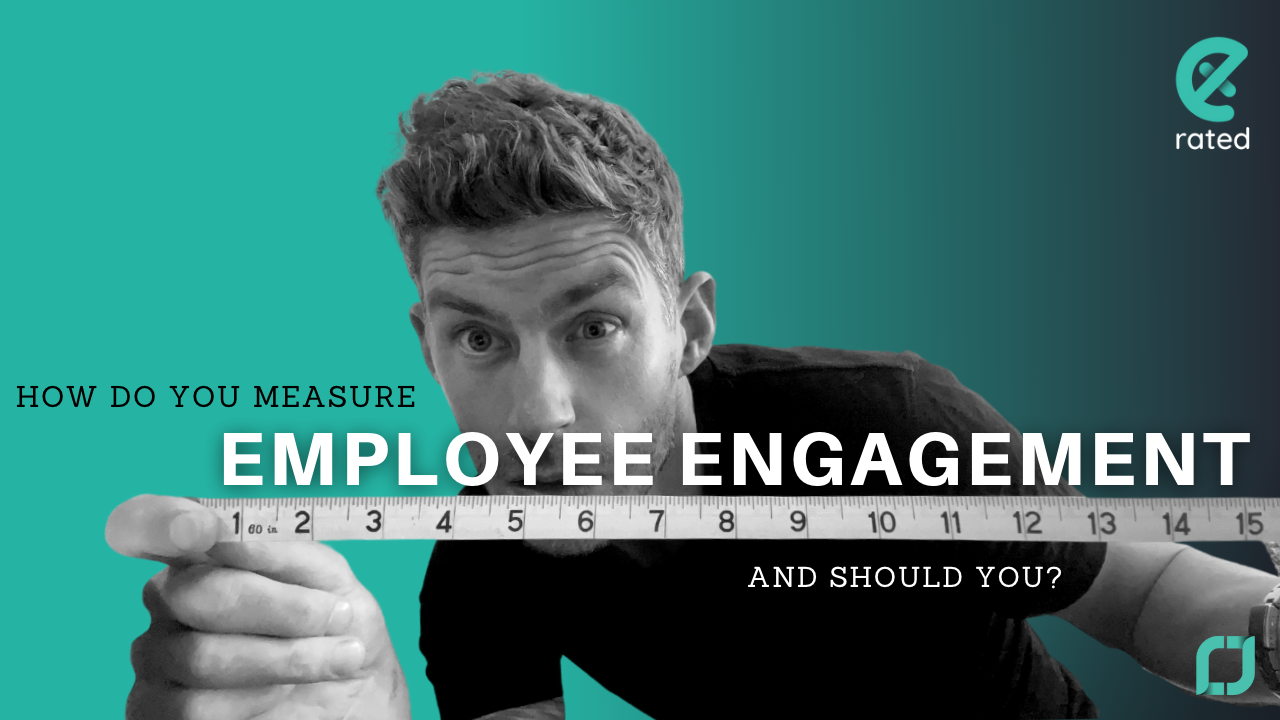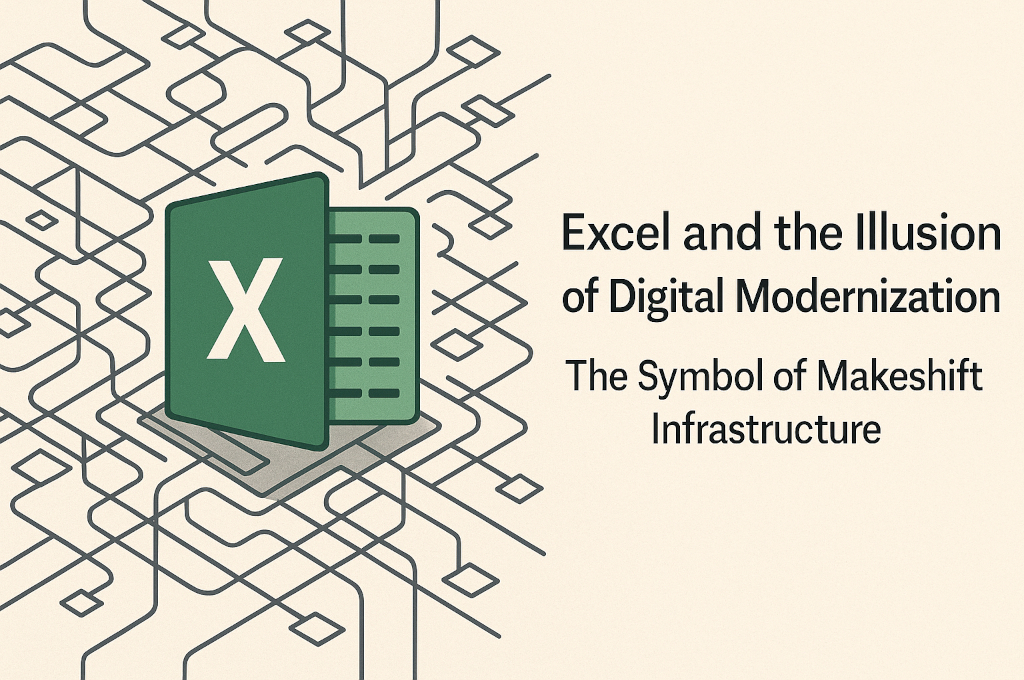Mar22

Here in lies the conundrum, because as I and many others have proclaimed there is such a direct correlation between great EX creating great CX it becomes super tempting to work out how to measure employee engagement and then motivate and reward leaders to manage it instead of teaching them how to foster it for the greater good.
Employee engagement is broadly described as an employee's level of enthusiasm and dedication to their role. It is also a widely accepted belief that engaged employees feel happier at work and more satisfied with the company, they feel that they make a difference and, are there for more than the money. They are more emotionally committed to the role, team, and company success.
That all sounds brilliant! Why wouldn’t we want engaged employees and in turn want to measure the level of said engagement? Particularly when leadership legends like Peter Drucker are quoted “what gets measured gets managed”. Well, that’s all good in theory except sometimes things can be measured but shouldn’t be. Not because you don’t want the data but because it is too tempting to make it a key performance indicator (KPI). The challenge with managing something is that there is an expectation to have a metric and an expectation to be rewarded when you meet the quota. Sometimes things that are measured should not be rewarded, which In the case of employee engagement I am adamant about. More on that later though. For now, let’s explore why employee engagement is challenging to measure.
One of the challenges with employee engagement is that it is a measure of our ability to look past processes and procedures. Beyond revenue, performance, and ROI. Hell, past Glass Door reviews and being an employer of choice. Instead, I believe it is seeing the need to be humane and human.
Let me provide an example, recently there was a news story here in Australia of a 7-hour flight from Bangkok to Melbourne that got redirected to Alice springs due to a medical emergency. For some quick context for those who don’t know. Melbourne – a sizable international airport, Alice springs… not so much, in fact, and important to the story, not an international airport. The flight got rerouted to Alice Springs and the passengers of the flight were forced to stay on the plane on the tarmac for an additional 7 hours with no food offered! Passengers were subjected to this torture because they were not allowed to disembark, due to Alice Springs not having an international customs area. The failure in this story was not the rerouting of the plane to a non-international airport or the following electrical fault that grounded them for the additional 7 hours. No, it was the failure to be humane to the passengers who were stuck on a plane.
Now I know this is not a direct example of employee engagement, but I guarantee that the cabin crew were not feeling super engaged as empowered employees. It is however an example of when process and procedure outstrip the ability to be humane and see the human, the process has failed, and I see the same so often when it comes to employee engagement. Process, policy, procedure and KPIs fail to be human. Employee engagement is bigger than ones and zeros and requires more than tick boxes.
For years companies like Aon Hewitt, Gallup and others have tried to measure the employee engagement of companies with their versions of surveys and for the most part, I think they are pretty good at doing that.
Over the past few years, I have developed my own set of employee engagement principles (or measures if you will) through real-world experience and study. Let’s call them Jamo’s 12 senses of Engagement (trademark pending) until I come up with a better name:
A sense of:
By the time I finally publish my first book there might be a couple more but for the moment this is how they stack up against two of the biggest global employee engagement surveys when I break them down:

You can see there are some gaps and overlaps between them, with Aon having broader coverage based on my breakdown.
So, for those looking to measure employee engagement more broadly, these are a pretty good baseline to start with. But let’s say you did/do all this, what do you do with the information? As CultureAmp say, “Don’t crunch the numbers – connect the dots. Engagement. Development. Performance. Retention. They're vital to business, but spreadsheets won't tell you the full story”. Use the data to gain a deeper understanding of what you need to focus on improving or fostering.
However, one important thing I have learned in my years of leading people is the one thing you should not do is reward employee engagement scores.
If you try to reward employee engagement scores you will end up on a slippery slope that will produce unwanted side effects like increased costs by paying people above what they are worth just to make them happier, underperforming staff because we would rather people feel like they have job security, rather than performance managing someone at the risk of it driving down engagement. Breaches of process, compliance and even law as we allow autonomy without boundaries and leaders who are too afraid to take any action, keep people accountable or put pressure on people to perform out of fear of upsetting the status quo and ruining employee engagement scores.
Employee engagement remains one of the biggest focuses in business right now and companies are spending more than ever in this space and for a good reason, actually for 450 Billion reasons. $400B-550B. This is the cost US businesses alone spent in 2022 to attract, hire, and train new talent last year. So, any spending under that towards retention, improved culture and improved employee well-being and engagement is well worth it.
As you turn your attention toward spending and ROI on employee engagement stop and ask yourself why. Then consider looking at employee engagement in a way that should be measured to be understood and not a measure that should be managed.
As always your comments and thoughts are always welcomed.
Until next time
Hooroo.
Keywords: Culture, Customer Experience, Future of Work
 Building an Intelligent Flight Assistant: A Multi-Level AI Journey - Agentic and Gemini 2.5 Flash
Building an Intelligent Flight Assistant: A Multi-Level AI Journey - Agentic and Gemini 2.5 Flash The Excel Trap
The Excel Trap From Mice to Machines: The Dilemma That Still Defines Us to shape Product Strategy
From Mice to Machines: The Dilemma That Still Defines Us to shape Product Strategy Seven Rules of Brilliant Speakers That Are Not Taught at University
Seven Rules of Brilliant Speakers That Are Not Taught at University When Private Alignment Isn’t Public: The Hidden Saboteur of Transformation
When Private Alignment Isn’t Public: The Hidden Saboteur of Transformation